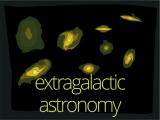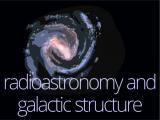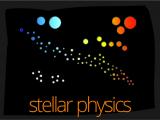Scientific departments

|
Extragalactic astronomy department
Nuclear Activity in Galaxies, Violent star formation, Star formation in Galaxies, Effects of environment in galaxy evolution, Modelling of galaxy evolution in groups, Cosmic evolution of galaxies, Galaxy clusters and physics of the dark universe, Classical and quantum gravity in Black Hole physics and Cosmology. |

|
Radioastronomy and galactic structure department
Active galaxy nuclei and relativistic jets by the technique of very-long-based interferometry (VLBI) and numeric simulations. Research of structure and evolution of our galaxy, the Milky Way, using star photometry and spectroscopy. Observation (mainly through radio interferometers), physical description, and modeling of the early stages of the star-forming process, as well as of the last stages of the stellar evolution. |

|
Solar system department
Solar physics, cosmic dust laboratory, minor bodies in the Solar System, planets, terrestrial planets atmospheres, plasmas in planetary atmospheres. |

|
Stellar physics department
Stellar variability, stellar statistics, stellar clusters, stellar pulsations, stellar atmospheres, stellar evolution, asteroseismology, very low mass stars, exoplanets, transient objects, ranging from close meteors to distant Gamma-Ray Bursts (GRBs). |